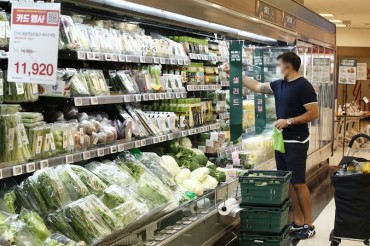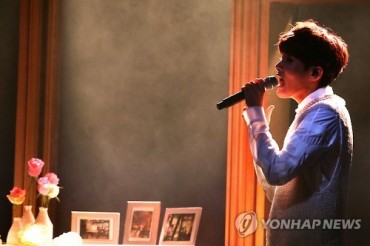
Starting next year, the South Korean government will put a limit on how much dust can be generated in 28 cities and counties across the country. (Image: Yonhap)
SEJONG, Dec. 13 (Korea Bizwire) – Starting next year, the South Korean government will put a limit on how much dust can be generated per site in 28 cities and counties across the country.
The Ministry of Environment will add “total suspended particles” to the list of substances for which emissions are currently restricted.
Total suspended particles refers to airborne particles and substances produced by processes such as combustion.
The system in place to regulate emissions designates limits of a substance matter that can be emitted per year on a five-year basis.
Starting in January, the Ministry of Environment will implement its modified system in a systematic manner, first introducing the dust limit on 162 “common combustion” sites (reactors and incinerators) before including other sites (producers of a minimum 0.2 tons of dust per year).

The system in place to regulate emissions designates limits of a substance matter that can be emitted per year on a five-year basis. (Image: Yonhap)
The soon-to-be introduced dust emissions restrictions are part of a follow-up initiative to a comprehensive set of measures drawn up to tackle fine dust pollution that was announced in September.
Originally, fine dust emissions restrictions were scheduled to be implemented in 2008 alongside those placed on nitrogen oxide and sulfur oxides, but insufficient equipment and the wide range of diversity among dust generating sites meant that the plans would have to be delayed.
Now, with the development of measurement tools like real-time telemonitoring systems (TMS), plans previously put on hold are being put into action.
The government is intending to officially announce on December 14 a special act declaring the enforcement rule of a legal revision pertaining to improving the air quality of major urban hubs.
By 2022, the Ministry of Environment expects to reduce nitrogen oxide, sulfur oxides and fine dust emissions by 37.1 percent, 24.5 percent and 34.0 percent respectively.
S.B.W. (sbw266@koreabizwire.com)






